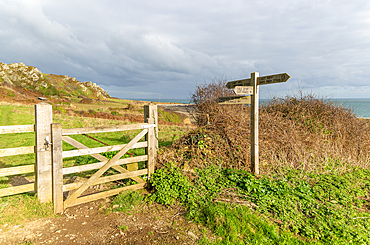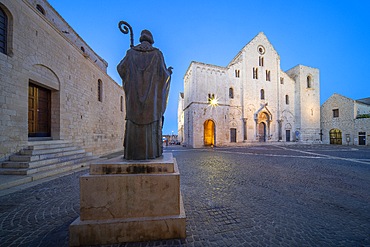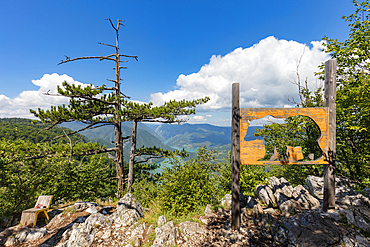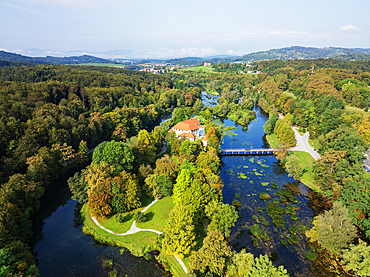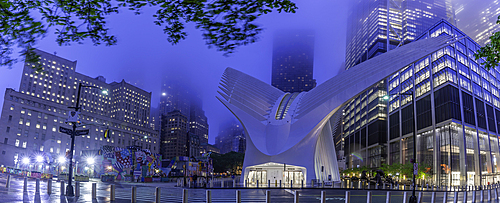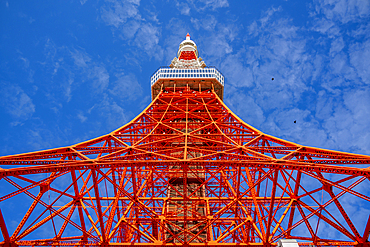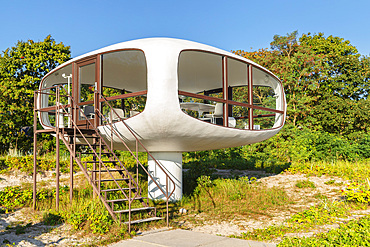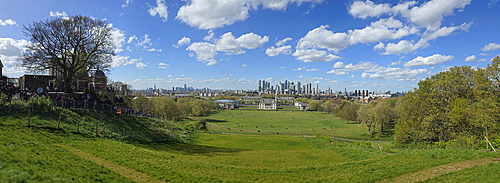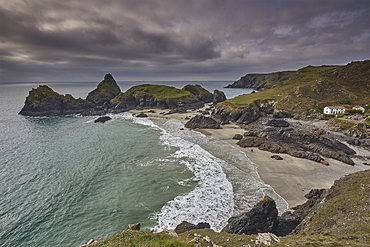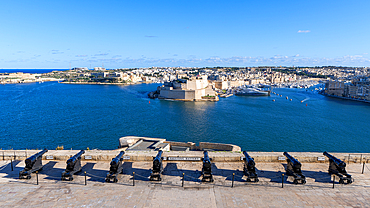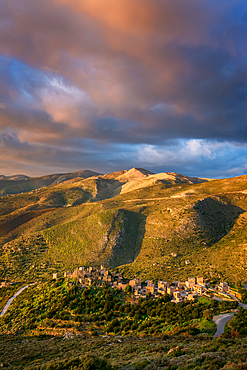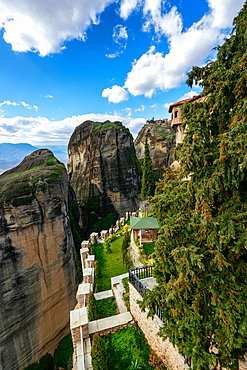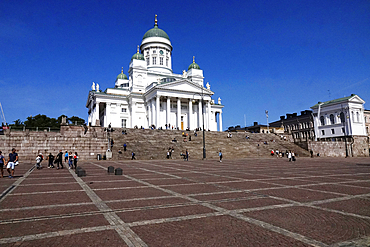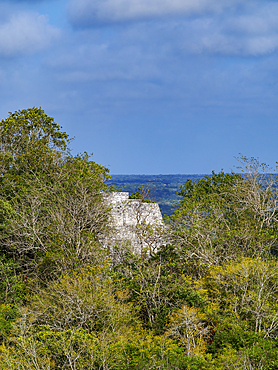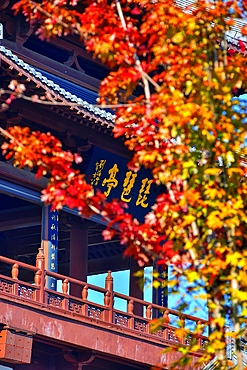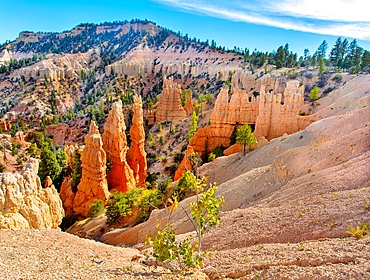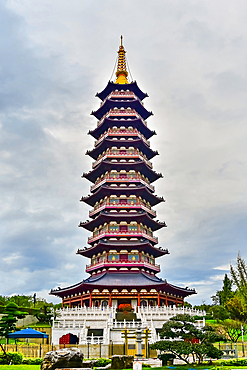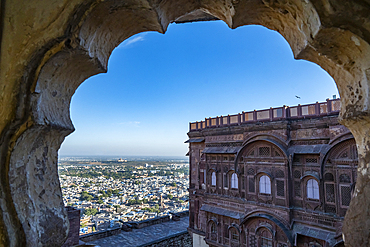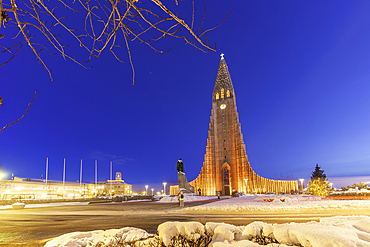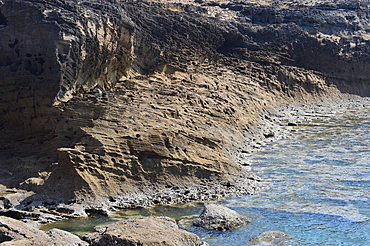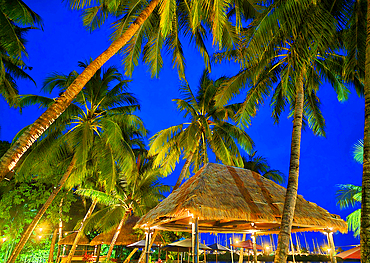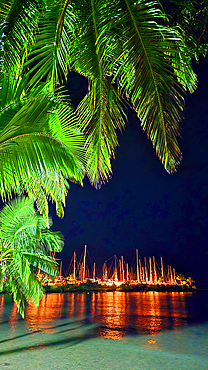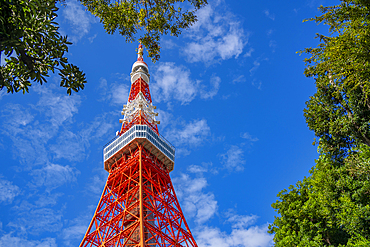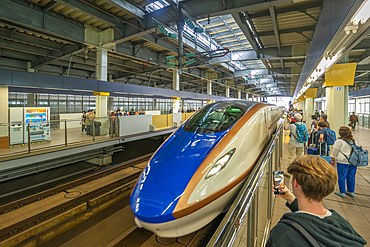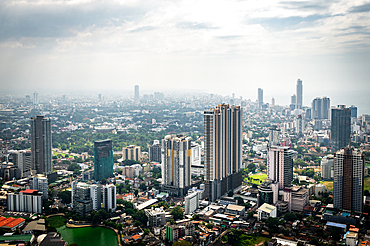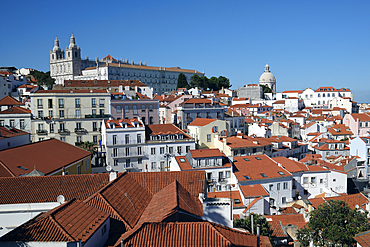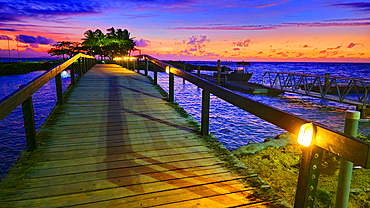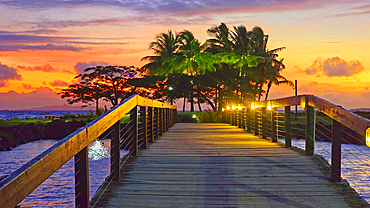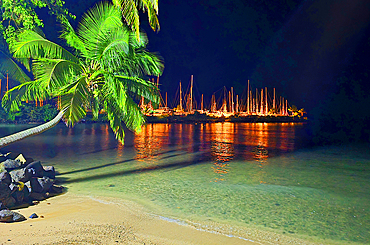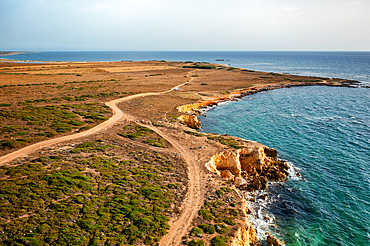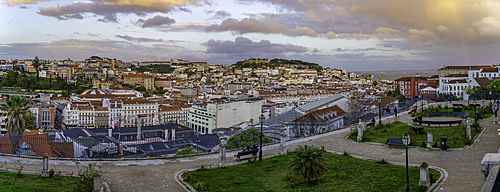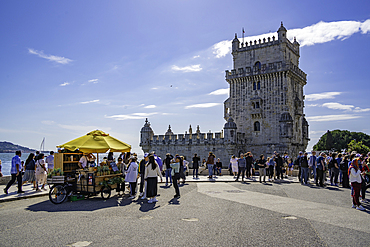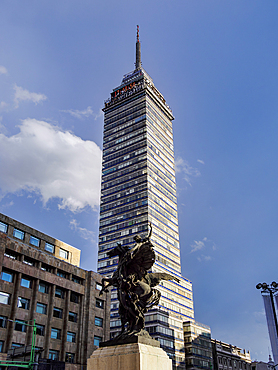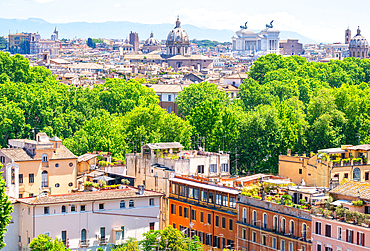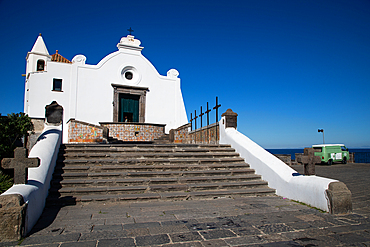Results
98 results found
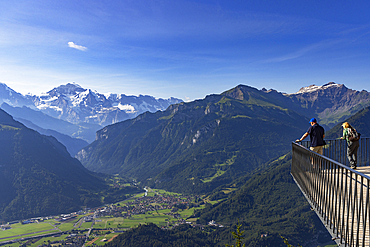
View of Jungfrau mountain from Harder Kulm, Interlaken, Jungfrau Region, Bernese Oberland, Switzerland
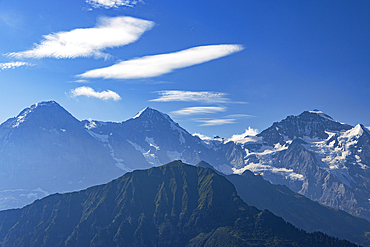
Jungfrau, Monch and Eiger mountains, Schynige Platte, Jungfrau Region, Bernese Oberland, Switzerland

View from Mirador de San Nicolas to The Alhambra, UNESCO, Mudejar architecture, Granada, Andalusia, Spain
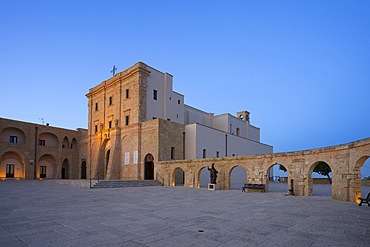
Basilica of Santa Maria de Finibus Terrae, Santa Maria di Leuca, Castrignano del Capo, Lecce, Salento, Apulia, Italy
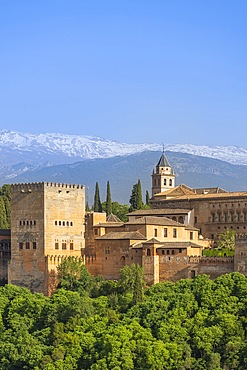
Mirador de San Nicolas, Islamic and Mudejar architecture, Alhambra, UNESCO, Granada, Andalusia, Spain
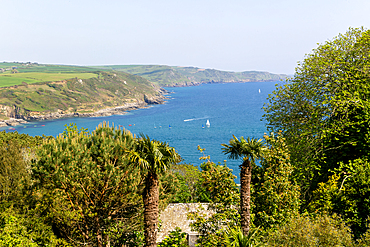
View of coast looking east towards Prawle Point from Sharpitor, Salcombe, south Devon, England, United Kingdom, Europe
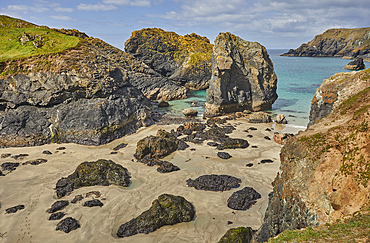
The stunning beach, rocks and cliffs at Kynance Cove, seen at at low tide, near the Lizard Point, Cornwall, England, United Kingdom, Europe
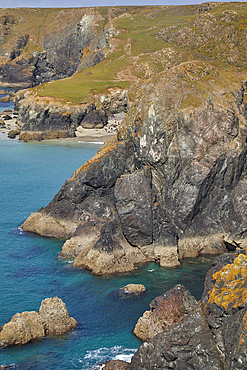
The stunning beach, rocks and cliffs at Kynance Cove, seen at at low tide, near the Lizard Point, Cornwall, England, United Kingdom, Europe
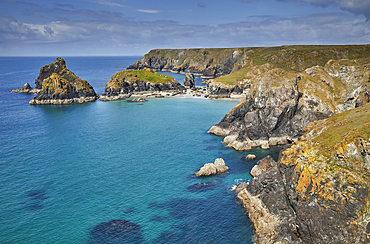
The stunning beach, rocks and cliffs at Kynance Cove, seen at at low tide, near the Lizard Point, Cornwall, England, United Kingdom, Europe
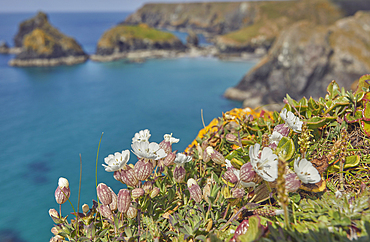
Sea Campion (Silene uniflora), on cliffs above Kynance Cove, near the Lizard Point, Cornwall, England, United Kingdom, Europe
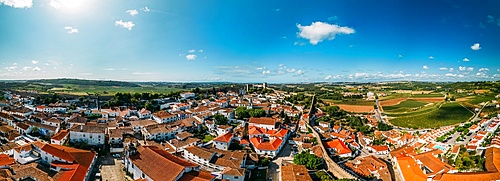
Aerial drone panoramic view of Obidos, a town in the Oeste region, historical province of Estremadura and Leiria district, Portugal, Europe
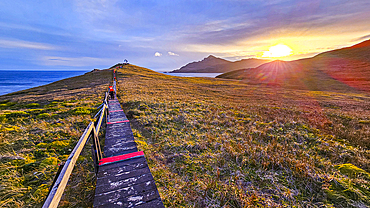
Boardwalk at Cape Horn, southern most point in South America, Hornos island, Tierra del Fuego, Chile, South America
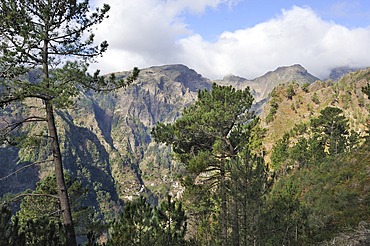
Eira do Serrado site above village Curral das Freiras (Nuns valley), Madeira island, Atlantic Ocean, Portugal
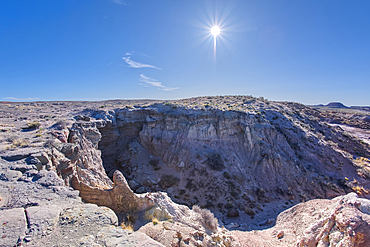
A dry waterfall west of Hamilili Point in Petrified Forest National Park, Arizona, United States of America, North America
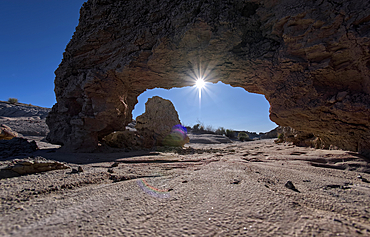
A small bentonite arch in Goblin Garden west of Hamilili Point in Petrified Forest National Park, Arizona, United States of America, North America
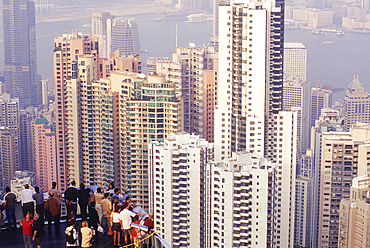
Terrace on Victoria Peak, looking over Central district,Hong-Kong Island,People's Republic of China,Asia
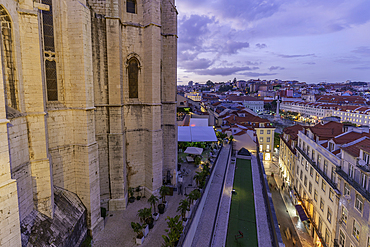
View of city rooftops and Carmo Archaeological Museum from Santa Justa Lift at sunset, Lisbon, Portugal, Europe
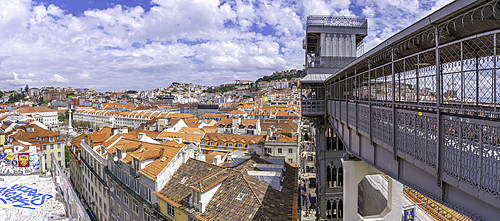
View of city skyline and Santa Justa Lift from Carmo Archaeological Museum on a sunny day, Lisbon, Portugal, Europe
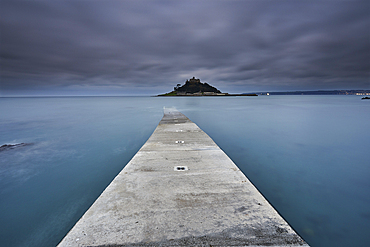
St Michael's Mount at dawn, seen from the boat landing at Marazion, near Penzance, Cornwall, Great Britain.
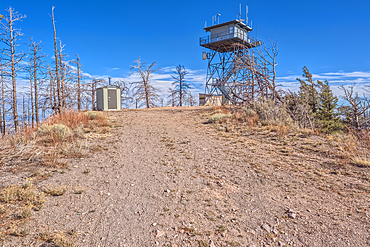
The fire watchtower on the summit of O'Leary Peak in the Coconino National Forest of Arizona. Adjacent to the Sunset Crater National Monument.
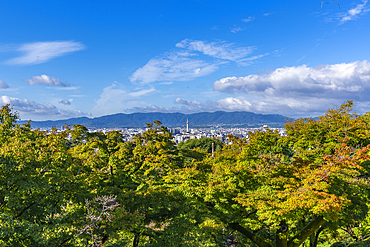
View of Kyoto and Nidec Kyoto Tower from Kiyomizu-dera Temple, Kiyomizu, Higashiyama Ward, Kyoto, Honshu, Japan
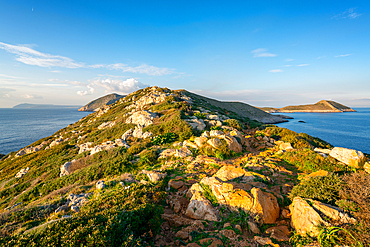
Cape Tainaron (Cape Matapan) landscape, the southernmost point of Greece, Mani Peninsula, Peloponnese, Greece
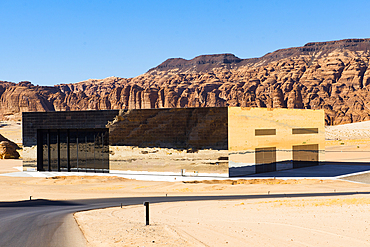
Maraya Theatre, architect Studio Gio Forma, mirrored structure seeming to disappear in AlUla's Ashar Valley, AlUla, Medina Province, Saudi Arabia
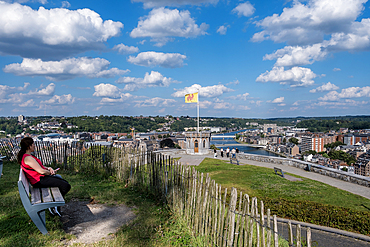
View from the Citadel of Namur of Namur, a city and municipality, capital of the province of Namur and Wallonia,Namur, Wallonia, Belgium
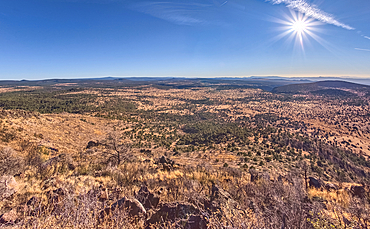
Coconino National Forest from the southwest summit of Apache Maid Mountain, Coconino National Forest, Arizona, United States of America
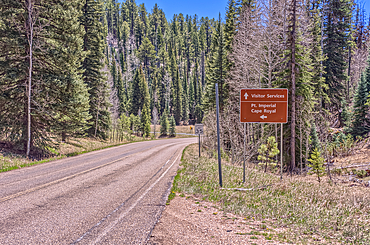
Directional sign pointing the way to Point Imperial and Cape Royal, Grand Canyon National Park, Arizona, USA
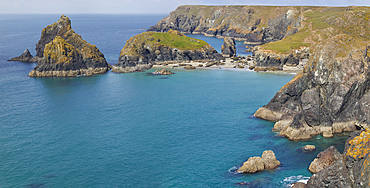
The stunning beach, rocks and cliffs at Kynance Cove, seen at at low tide, near the Lizard Point, Cornwall, England, United Kingdom, Europe
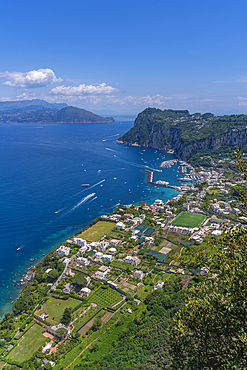
View of Grande Marina from Anacapri panorama view point, Anacapri, Isle of Capri, Bay of Naples, Campania, Italy, Mediterranean, Europe
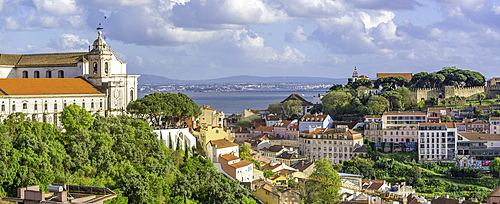
Panoramic view of Lisbon from Miradouro da Senhora do Monte scenic point on a sunny day in the Alfama District, Lisbon, Portugal, Europe
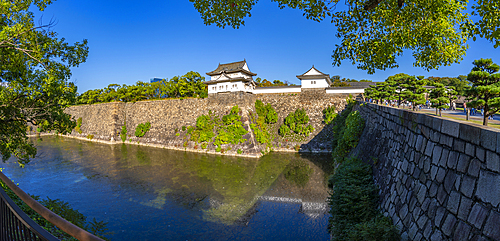
View of Sengan-yagura Turret and moat at Osaka Castle (Osaka-jo) on a sunny day, Chuo Ward, Osaka, Honshu, Japan
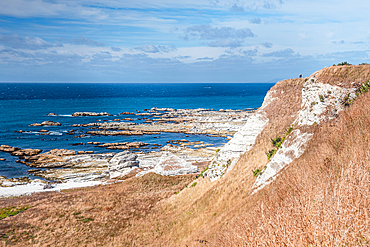
Point Kean Viewpoint. View of Rugged White Limestone Cliffs and Blue Sea at Kaikoura Peninsula, New Zealand

View of Grande Marina from Anacapri panorama view point, Anacapri, Isle of Capri, Bay of Naples, Campania, Italy, Mediterranean, Europe

Bryce Canyon amphitheater, Inspiration Point, Bryce Canyon National Park, Utah, United States of America, North America
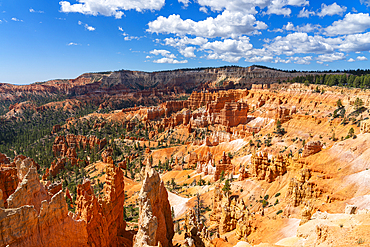
Scenic view of hoodoos and rock formations, Sunrise Point, Bryce Canyon National Park, Utah, United States of America, North America
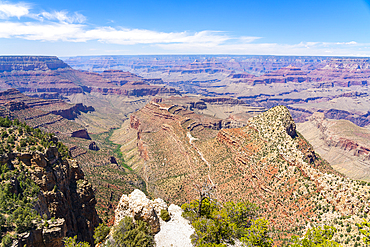
Grand Canyon, Grandview Point, Grand Canyon National Park, UNESCO World Heritage Site, Arizona, United States of America, North America
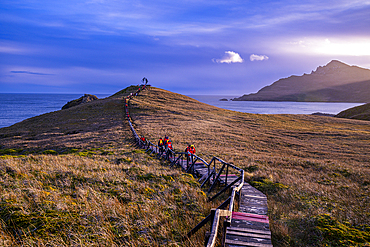
Boardwalk at Cape Horn, southern most point in South America, Hornos island, Tierra del Fuego, Chile, South America
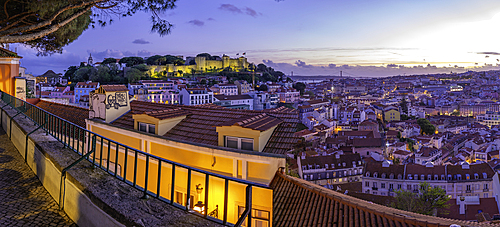
Panoramic view of Lisbon Castle from Miradouro da Senhora do Monte scenic point at dusk in the Alfama District, Lisbon, Portugal, Europe
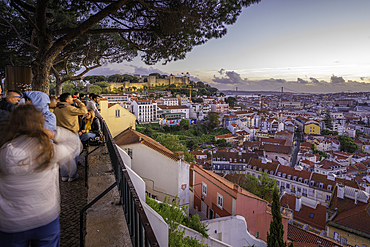
Panoramic view of Lisbon Castle from Miradouro da Senhora do Monte scenic point at dusk in the Alfama District, Lisbon, Portugal, Europe
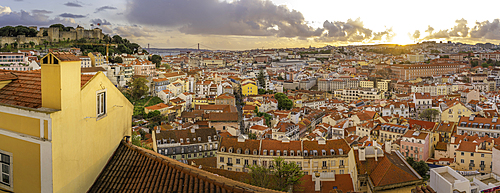
Panoramic view of Lisbon Castle from Miradouro da Senhora do Monte scenic point at sunset in the Alfama District, Lisbon, Portugal, Europe
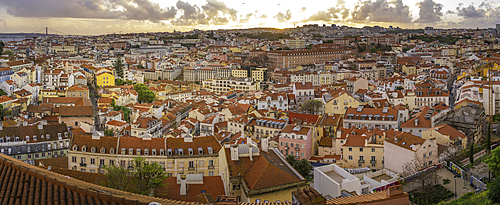
Panoramic view of Lisbon from Miradouro da Senhora do Monte scenic point at sunset in the Alfama District, Lisbon, Portugal, Europe
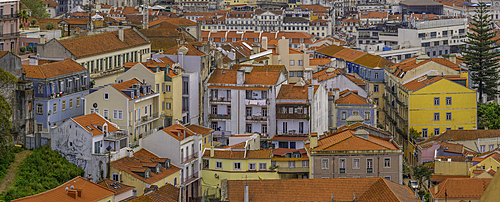
View of rooftops and colourful buildings from Miradouro da Senhora do Monte scenic point on a sunny day in the Alfama District, Lisbon, Portugal, Europe

View of rooftops and colourful buildings from Miradouro da Senhora do Monte scenic point on a sunny day in the Alfama District, Lisbon, Portugal, Europe
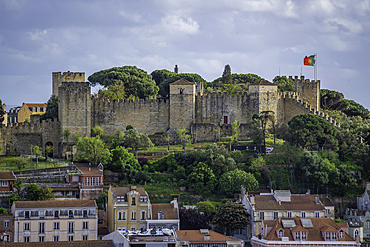
Panoramic view of Lisbon Castle from Miradouro da Senhora do Monte scenic point on a sunny day in the Alfama District, Lisbon, Portugal, Europe
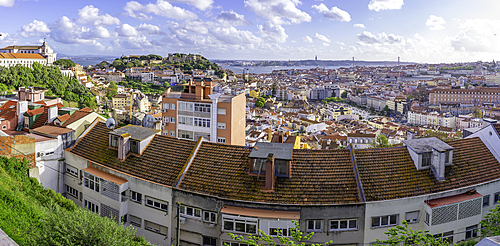
Panoramic view of Lisbon from Miradouro da Senhora do Monte scenic point on a sunny day in the Alfama District, Lisbon, Portugal, Europe

Panoramic view of Lisbon from Miradouro da Graca scenic point on a sunny day in the Alfama District, Lisbon, Portugal, Europe
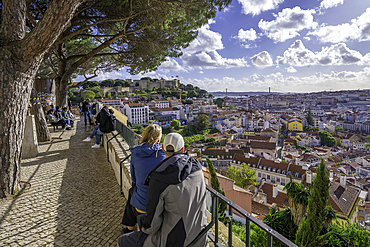
Panoramic view of Lisbon from Miradouro da Graca scenic point on a sunny day in the Alfama District, Lisbon, Portugal, Europe
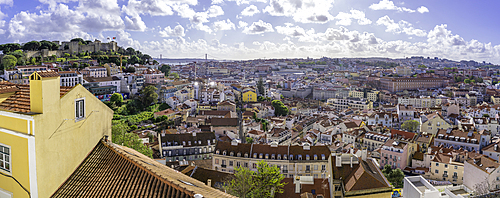
Panoramic view of Lisbon from Miradouro da Graca scenic point on a sunny day in the Alfama District, Lisbon, Portugal, Europe

View of Monument to the Discoveries (Padrao dos Descobrimentos) and 25 April Bridge on a sunny day, Lisbon, Portugal, Europe
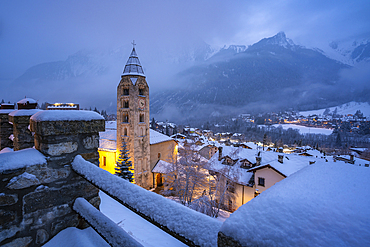
Church of Saint Pantalon, snow covered town centre and mountainous background in winter at dusk, Courmayeur, Aosta Valley, Italian Alps, Italy
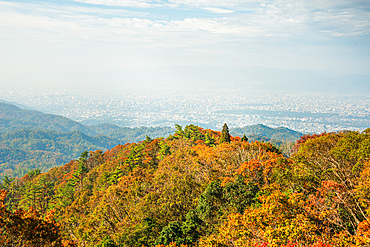
Breathtaking view of forested mountains with autumn colors and distant hills, viewed from Mount Hiei (Hiei San), Kyoto area, Honshu, Japan
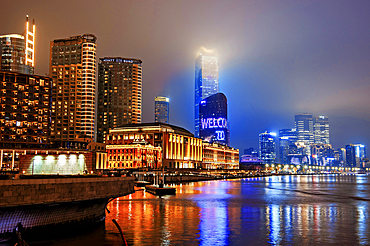
Brightly lit Shanghai city view at night shrouded in mist at the Bund, Shanghai, China. The low rise buildings are The Grand Halls which were previously warehouses built in 1902.
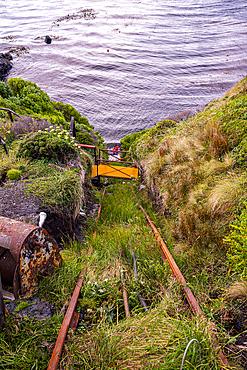
Cape Horn, southern most point in South America, Hornos island, Tierra del Fuego, Chile, South America
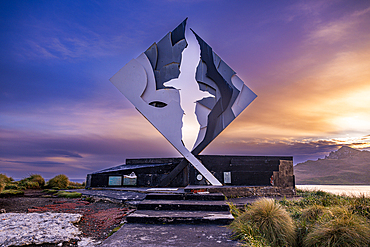
Monument of Cape Horn, southern most point in South America, Hornos island, Tierra del Fuego, Chile, South America
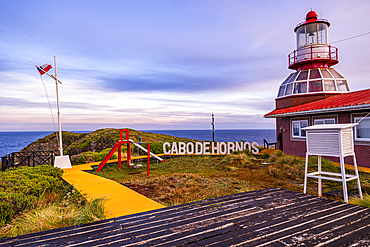
Lighthouse at Cape Horn, southern most point in South America, Hornos island, Tierra del Fuego, Chile, South America
